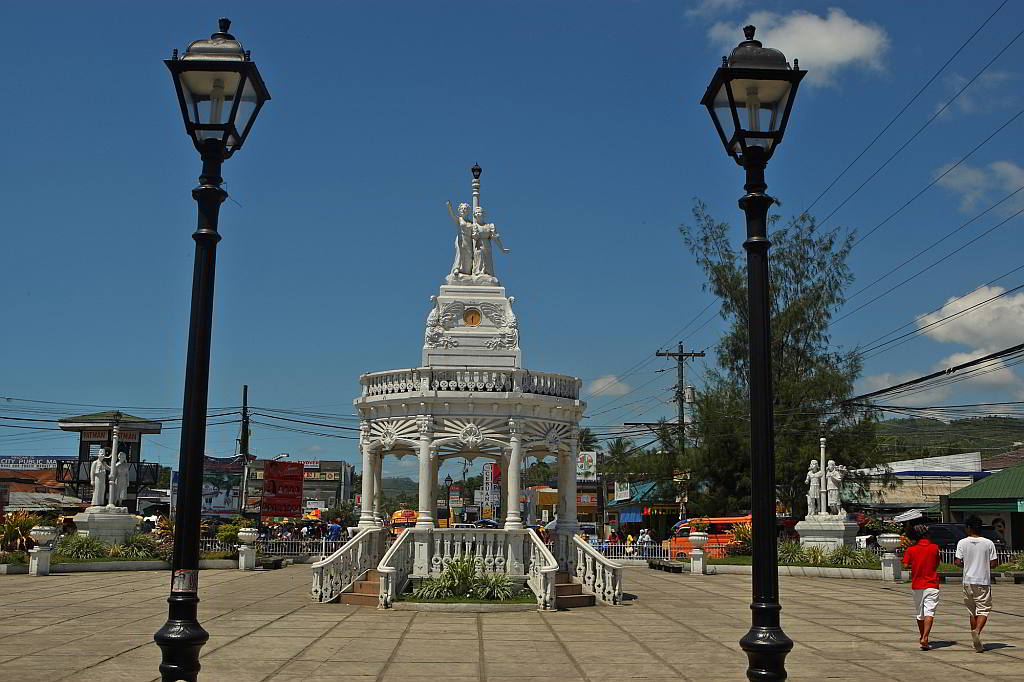The southern city of Carcar will get international exposure when Discovery Channel airs an episode about the heritage city in April.
Carcar Mayor Nicepuro Apura said the city was lucky to be featured and went out of its way to guide the TV team through culinary and cultural experiences.
The show’s host Mig Ayesa, a Filipino-Australian rock singer, loved the taste of “masi”, a sweet rice dumpling with peanut filling.
He was a sweet tooth like me, said Candice Acuna, City Public Information Officer, who served as the group’s tour guide.
Acuña brought the TV crew to the Balay na Tisa, one of four 19th century houses declared national historical landmarks.
A feast was served with lechon (roasted pig), chicharon (pork crackling), puso (pouches of boiled rice)and atsara (pickled papaya.)
At the Carcar City Museum, young musicians of the Upland Children Rondalla performed and Ayesa grabbed his electronic keyboard to jam with them, playing “Do Re Mi.”
The group also visited a factory that made chicharon which Carcar is known for.
At the Mancao ancestral home, they tasted biko (sticky sweet rice), mangoes and fresh buko juice with native snacks of ampao, boquarillo made from rice and coconut, and banana chips.
The last stop was a shoe display of Carcar city’s shoemakers.
Ayesa was surprised there was footwear like the pricey Sanuk loafers he was wearing. They went home with sample delicacies as their pasalubong.
Carcar was upgraded as a city in 2007 and is considered the center of culture and arts in south Cebu.
Congressmen in the 1st district, which includes Carcar, have been pushing for the preservation of the city.
Following his grandfather’s footsteps, Rep. Gerald Anthony Gullas Jr. filed House Bill 1340 seeking the government’s aid in preserving, restoring, and maintaining Carcar’s historical landmarks.
If it’s approved, the Deparment of Tourism and the city would be mandated to keep streets, parks, monuments, buildings “as close as possible to their form when the area was of greatest importance to Philippine history.”
